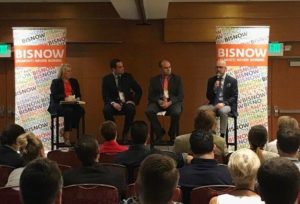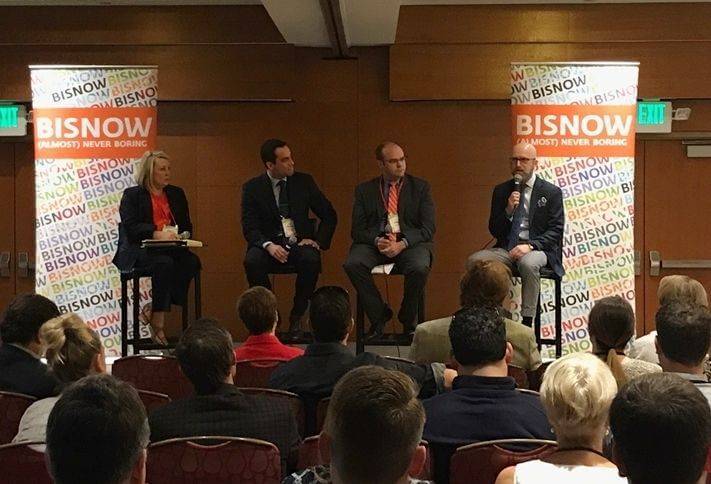Education
Seattle Construction and Development: Demand Still Strong – Developers Squeezed by Costs
 At this point in the Seattle real estate cycle, the positives are still strong, according to the speakers at our Seattle Construction and Development event, such as high demand for office and residential space. But the negatives are strong as well, such as rising construction costs and public infrastructure that is not keeping up.
At this point in the Seattle real estate cycle, the positives are still strong, according to the speakers at our Seattle Construction and Development event, such as high demand for office and residential space. But the negatives are strong as well, such as rising construction costs and public infrastructure that is not keeping up.
The speakers on the downtown innovations panel were largely in agreement that the single biggest challenge facing development in Seattle is construction costs, which have been rising faster than rents for a number of years. The market needs more housing, and the demand is there, but it is getting harder to fill the pipeline. Land costs are a challenge as well. It is not clear whether costs will rise so high that construction will slow significantly, but it is possible over the next 12 months.
Also, and especially specific to Downtown, public infrastructure is not keeping up with with office and residential growth. There are no public schools Downtown, for instance, and the parks are aging, so the desirability of Downtown over the next 10 or 20 years is at risk, especially for people who want to start families but not move to the suburbs.
Population growth means there is not enough housing, Downtown or in other submarkets, the speakers said. Developers are ready to build, but land is constrained, and that zoning needs to change to free up more sites.
One factor keeping multifamily development strong locally is that foreign capital is still coming into Seattle, multifamily panel speakers said. There is a big push to get capital out of China. As long as that is the case, money will come here, because of the health of the local economy. Successful Chinese money is partnering with local developers, and helping provide the housing Seattle needs.
There was a pause among foreign investors right after the election, but it did not last long, and they are still eager to invest in Seattle.
Even though demand is strong, new apartments still need to attract tenants, speakers said. Technology in a residential building, such as high bandwidth and rock-solid cellular service, is important to support the live-work-play paradigm. Outside of tech, buildings need a good floor plan to attract not only millennials but also empty nesters.
A more communal environment is critical as well. Common spaces need to be attractive, because not all living is done between the four walls of an apartment anymore.















